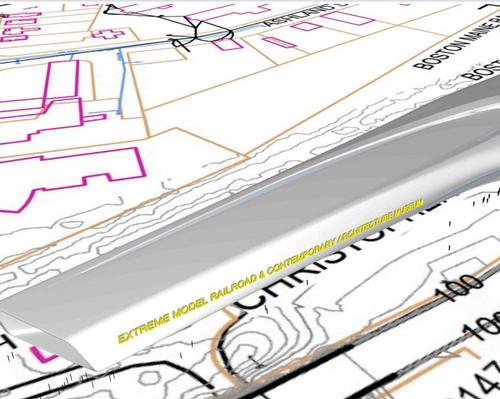16 Mar 2019
Former Guggenheim director Thomas Krens has ambitious multi-museum plans for Massachusetts city
BY Luke Cloherty

Thomas Krens, the former director of New York’s Guggenheim Museum, has detailed his ambitious plans for North Adams, Massachusetts, which centre around a railway museum.
Krens’ plans include several museums forming a cultural hub in the city, centred around the Extreme Model Railroad and Contemporary Architecture Museum (EMRCA), a 90,000sq ft (8,361sq m) facility with 9.5 miles of model train track laid through a scale-model cityscape.
EMRCA has been designed by Chinese architect Zhu Pei and is designed to look like a high-speed train carriage.
Another institution planned for Adams is the Global Contemporary Art Museum, a private collections exhibition and storage space, which will be located in the city’s downtown area.
A third museum showcasing historical timepieces, called the Time Museum, is also in the offing along with a craft distillery, a 110-room luxury hotel and spa designed by French architect Jean Nouvel and a Frank Gehry-designed performance space, which will replace an unused 1930s theatre.
Krens announced the plans at a lecture he gave last month at the Clark Art Institute in nearby Williamstown, where he also said he feels museums need to be more like theme parks if they are to thrive in the modern day.
Krens stated that experiential exhibitions and more of a focus on entertainment would be necessary at museums going forward.
In his talk at the Clark, he noted Guggenheim exhibitions that took place during his tenure as director, namely 1998’s The Art of the Motorcycle and a 2000 Armani clothing show.
"These were audience generators," he said. "It’s what we saw by tweaking the institution, not sacrificing the aesthetics and expanding the concepts to address a wider audience."
Krens went on in the talk to say that ways of broadening the audience might include maintaining "impeccable aesthetics", maximising audience impact at minimal cost, using a for-profit model based on private investment and integrating technologies such as augmented reality.
Close Window